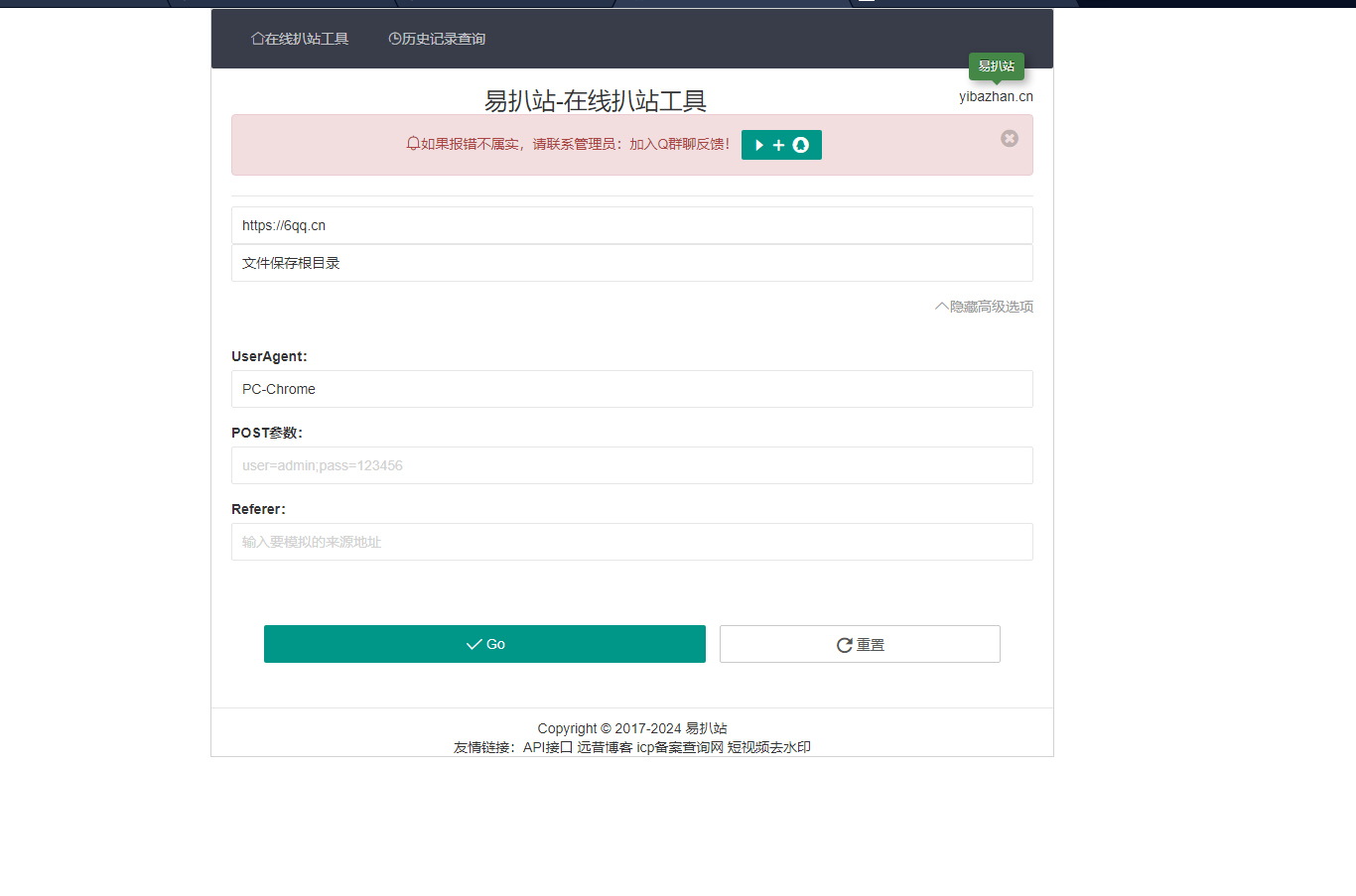如何在linux上配置高可用的容器日志管理
隨著容器技術(shù)的迅速發(fā)展,越來越多的企業(yè)采用容器化部署來提高系統(tǒng)的可伸縮性和可靠性。在容器化環(huán)境中,為了方便管理和監(jiān)控容器的運行情況,對于容器日志進行集中管理是非常重要的。
本文將介紹如何在linux上配置高可用的容器日志管理,并附帶代碼示例,幫助讀者更好地理解和實踐。
一、選擇合適的日志管理工具
在選擇容器日志管理工具時,需要考慮以下幾個方面:
- 支持容器化環(huán)境:選擇一個能夠支持容器化環(huán)境的日志管理工具,能夠方便地收集和分析容器的日志數(shù)據(jù)。
- 高可用性:為了確保容器日志的持續(xù)可用性,需要選擇一個支持高可用的日志管理工具,以防止日志數(shù)據(jù)丟失或中斷。
- 易于使用和部署:選擇一個易于使用和部署的日志管理工具,可以減輕系統(tǒng)管理員的工作壓力。
常見的容器日志管理工具有ELK(Elasticsearch, Logstash, Kibana)、Fluentd以及Prometheus等。
二、安裝和配置ELK(Elasticsearch, Logstash, Kibana)
ELK是一個流行的容器日志管理工具,由Elasticsearch、Logstash和Kibana三個組件組成。下面以CentOS為例,介紹如何安裝和配置ELK。
- 安裝Elasticsearch
sudo yum install java-1.8.0-openjdk -y sudo rpm --import https://artifacts.elastic.co/GPG-KEY-elasticsearch sudo tee /etc/yum.repos.d/elasticsearch.repo <ol start="2"><li>安裝Logstash</li></ol><pre class="brush:shell;toolbar:false;">sudo tee /etc/yum.repos.d/logstash.repo <ol start="3"><li>安裝Kibana</li></ol><pre class="brush:shell;toolbar:false;">sudo tee /etc/yum.repos.d/kibana.repo <ol start="4"><li>配置Logstash</li></ol><p>在Logstash的配置文件/etc/logstash/conf.d/logstash.conf中,添加以下內(nèi)容:</p><pre class="brush:shell;toolbar:false;">input { beats { port => 5044 } } output { elasticsearch { hosts => ["localhost:9200"] index => "%{[@metadata][beat]}-%{+YYYY.MM.dd}" } }
- 配置Kibana
在Kibana的配置文件/etc/kibana/kibana.yml中,添加以下內(nèi)容:
server.host: "0.0.0.0" elasticsearch.hosts: ["http://localhost:9200"]
重啟Logstash和Kibana服務(wù):
sudo systemctl restart logstash sudo systemctl restart kibana
現(xiàn)在,ELK已經(jīng)安裝完成并配置好了,可以通過Kibana的Web界面訪問和查詢?nèi)萜魅罩緮?shù)據(jù)。
三、使用Fluentd進行容器日志管理
Fluentd是另一個流行的容器日志管理工具,它的設(shè)計理念是簡單、輕量級和可擴展的。下面以Ubuntu為例,介紹如何安裝和配置Fluentd。
- 安裝Fluentd
curl -L https://toolbelt.treasuredata.com/sh/install-ubuntu-focal-td-agent4.sh | sh sudo systemctl enable td-agent sudo systemctl start td-agent
- 配置Fluentd
編輯Fluentd的配置文件/etc/td-agent/td-agent.conf,添加以下內(nèi)容:
<source> @type tail path /var/log/containers/*.log pos_file /var/log/td-agent/td-agent.log.pos tag kube.* format json time_format %Y-%m-%dT%H:%M:%S.%NZ read_from_head true </source><match label1.> @type elasticsearch host localhost port 9200 logstash_format true flush_interval 5s </match>
重啟Fluentd服務(wù):
sudo systemctl restart td-agent
現(xiàn)在,F(xiàn)luentd已經(jīng)安裝完成并配置好了,可以收集和存儲容器日志數(shù)據(jù)。
結(jié)語
容器日志管理對于保證容器環(huán)境的穩(wěn)定運行和故障排查非常重要。本文介紹了如何在linux上配置高可用的容器日志管理,并提供了ELK和Fluentd的安裝和配置示例。讀者可以根據(jù)自身需求選擇合適的工具進行容器日志管理,并根據(jù)示例進行配置和使用。
參考資料:
- https://www.elastic.co/guide/en/elasticsearch/reference/current/getting-started-install.html
- https://www.elastic.co/guide/en/logstash/current/installing-logstash.html
- https://www.elastic.co/guide/en/kibana/current/rpm.html
- https://fluentbit.io/
- https://docs.fluentd.org/v1.0/articles/docker-logging-efk-compose

















